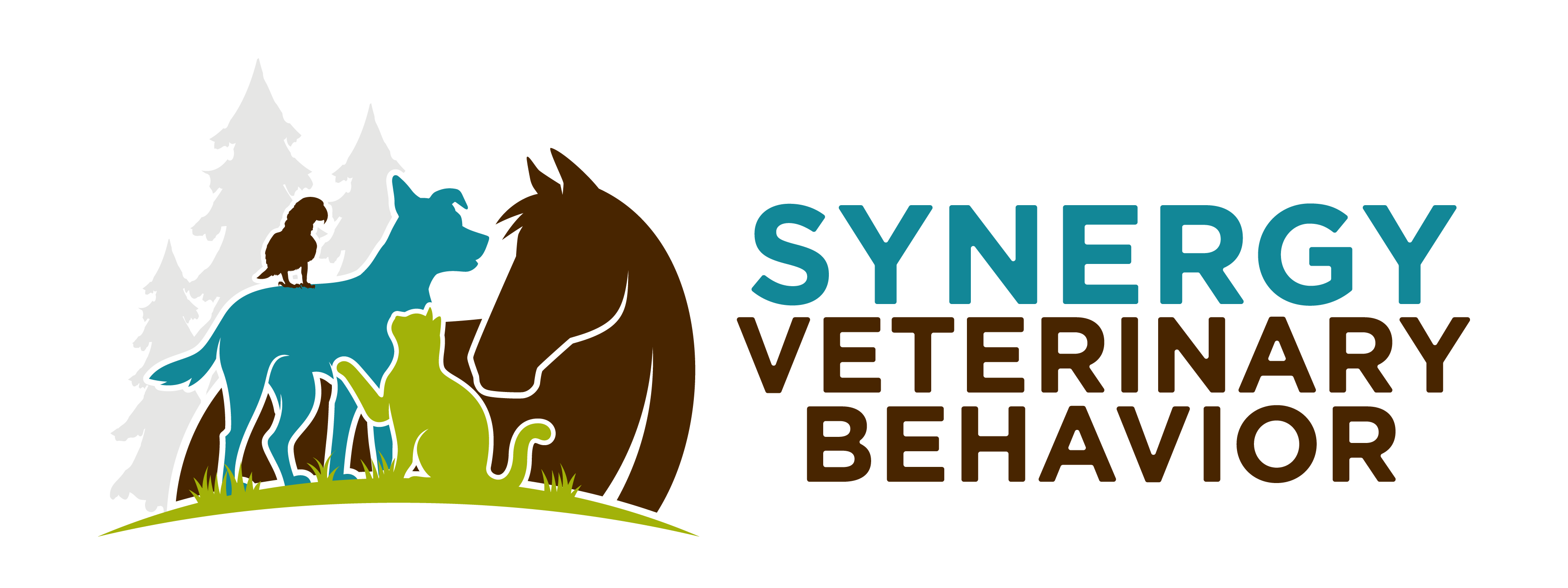Have you ever looked at your dog and thought that she looks “fine”? Have you described your own or another person’s pet as “fine” when you describe them to your friends? Beware, the word “fine” is often not so fine!
What is “fine”?
One of the most common statements that I hear when I am counseling clients is that their pet is “fine”. Here are some examples in which a client may describe their pet as “fine” (names are changed to protect the innocent!):
- “Our dog Fluff is fine when our baby snuggles with him on the dog bed.”
- “Our cat Puffy is fine when she’s being petted.”
- “Spot’s fine when she’s on a walk.”
Unfortunately, the word “fine” is not very informative when addressing current or potential problem behaviors. It provides an interpretation of a pet’s behavior, which may not be actually be accurate. With a little more digging, the word “fine” can be replaced with some specific behaviors for the above scenarios:
- Fluff doesn’t growl at the baby when the baby snuggles with him on the dog bed.
- Puffy doesn’t his or growl when she’s being petted.
- Spot walks past people and dogs without barking at them.
On first glance, so far so good! Notice, though, that when the pet is described as “fine” in the above examples, it is associated with a current lack of threatening or aggressive behavior. This is typical of what I hear in real life as well. I am often then told something like “Fluffy has always been fine with the baby, so we were shocked when he growled at her.” What’s going on?
When we start examining not just the lack of threatening behavior, but also the pets’ body language and behavior, it becomes evident whether or not they are actually comfortable. In many cases, the pet is not “fine” at all, but merely tolerating the situation.
Tolerance has its limits and, when pushed enough, any pet may pass those limits. Tolerance can be influenced by many factors, including (but not limited to) physical pain or discomfort, overall anxiety levels of the pet, intensity of the trigger, and frequency of exposure to the trigger.
Animals use body language to communicate to each other and to us in social situations. If signals indicating discomfort or fear are ignored or not recognized, the animal may attempt to flee the situation or start defending themselves. In the majority of cases, animals would prefer to escape a situation than fight. However if the situation does not allow for escape, or the pet does not feel that it can escape, then he may act aggressively to defend himself.
Going back to our examples, let’s get a little more information about the animals’ body language to determine whether they really are “fine”…
- Fluff pulls his ears back, leans away, licks his lips and exhibits whale eye when the baby is snuggling with him on the bed. These are all signs of extreme anxiety, indicating Fluff is not fine with this situation. If the situation continues as it is, Fluff’s tolerance may eventually be exceeded and he may start giving stronger signals of discomfort, such as growling or snapping, to to make the threatening situation end.
- Puffy purrs and rubs her head against the hand as she is being petted. When the client removes her hand, Puff seeks it out again. These behaviors indicate that Puffy is enjoying the petting, and that she truly is fine in that situation.
- Spot averts her gaze and moves slightly away from people that he passes on the street. In addition, spot exhibits hyper-vigilence (tensely looking all around) and panting when on walks, even in cool weather. These behaviors indicate that even though Spot has not acted in an inappropriate way, she is not comfortable when people pass, or with being on the walk in general. Therefore she is not fine in this situation.
I often refer to the following video by Scallywags Dogs to help clients better understand subtle canine body language, and that a lack of aggressive behavior or lack of running away is not the same as “fine”.
[youtube]https://www.youtube.com/watch?v=MLcjCSa2gZY[/youtube]So next time you’re about to say that Fido’s doing “fine”, take a moment to look closely at Fido’s behavior and body language, and determine if it’s really true. Otherwise “f@n#” is just a four-letter word.
~Dr. Valli
P.S. The answer to the question about whether Jazz is “fine” in the photo is “No, he’s not fine”. His ears are back, his face is tense, and he’s exhibiting whale eye. He doesn’t really like being brushed. Usually when I brush him at home I reward him every few strokes for being relaxed, so over time he’s gone from running away from the slightest touch of the brush to being pretty comfortable with it. However, when I started brushing him in a new place (the Behavior Center) he became anxious. He got a short conditioning session after this photo was taken and was comfortable with being brushed in that new location after that.

